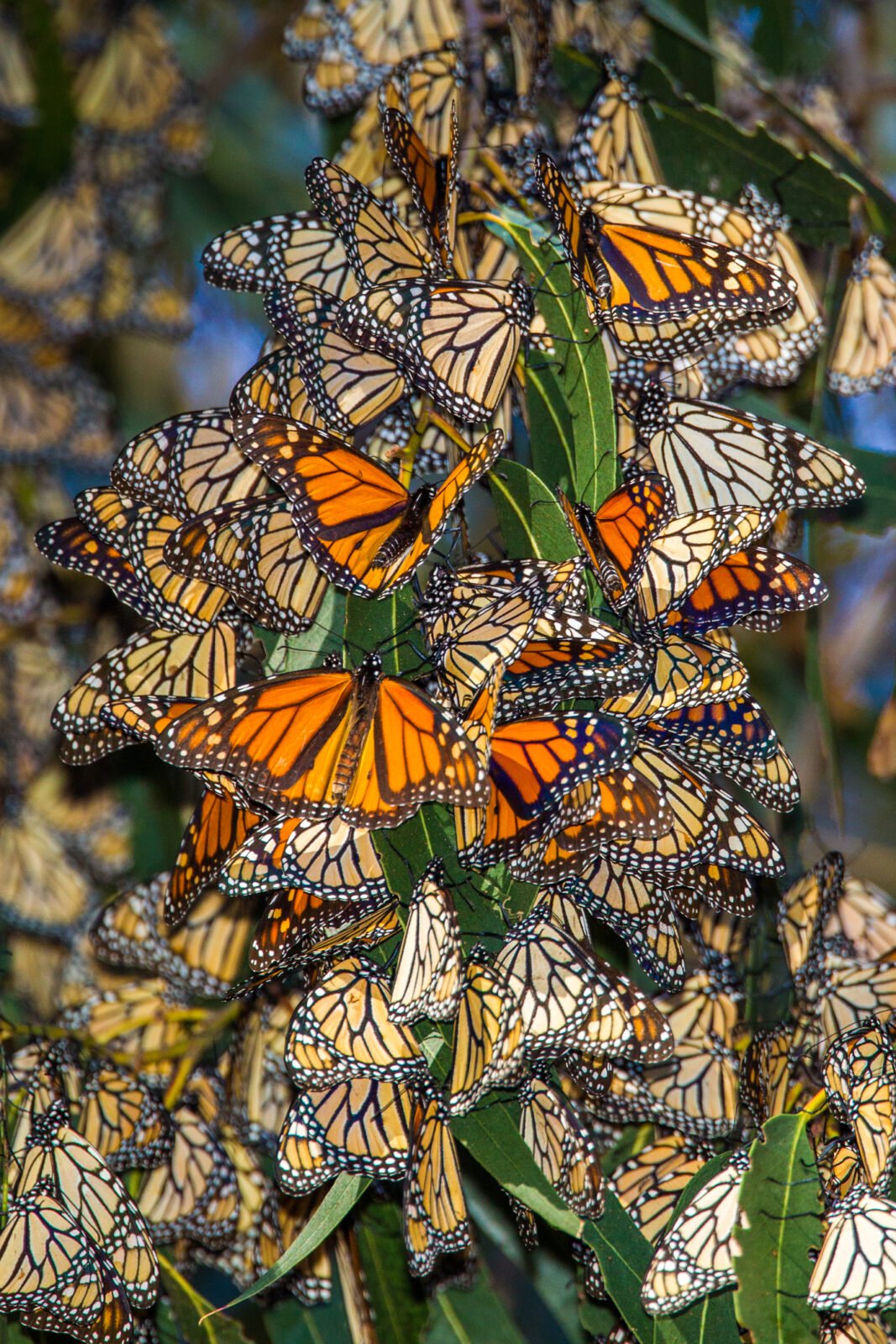
Native News Recap: 2022
Here’s a native news recap looking back at some of the biggest native plant news stories of the...

National Invasive Species Awareness Week is here in 2024 from February 26-March 3. The goal of this week is to raise awareness and identify solutions to invasive species at the local, state, tribal, regional, national, and international levels. It is a great time to get involved in your local environment to protect indigenous native species of all types of plants and wildlife.
Invasive species are living organisms that are not native to an ecosystem and can cause harm to the environment, the economy, or even to human health. Invasive species do not need to necessarily come from another country. They can come from the same country but from different areas. For example, lake trout are native species to the Great Lakes, but they are an invasive species in Yellowstone Lake in Wyoming because they compete with native cutthroat trout for habitat and other resources like food and oxygen.
Usually, invasive species are spread by human activities, and most of the time their spread is unintentional. Every day, humans are improving travel and trade; that is how most species are spread. For instance, ships can carry aquatic organisms in their ballast water. Smaller boats may carry them on their propellers. Insects and bugs can burrow into wood, shipping palettes, and crates that are shipped around the world. Invasive species can even be pets that are released into the wild. Burmese pythons have become a huge problem in the Florida Everglades because they have been released as pets. Since they have no natural predators in that area, their population has boomed and has caused other native species populations to decline.
Invasive species are more prevalent than you may think. Tree of Heaven, for example, was introduced to the United States as a landscape specimen. Now it is established throughout the US and outcompetes native species for resources and disrupts balanced ecosystems. Furthermore, Tree of Heaven is the host tree for the spotted lanternfly, an invasive insect that is threatening our agricultural industry.

Fighting invasive plants and animals may seem like a big challenge, but even the home gardener can do their part to help. The Alliance for the Chesapeake Bay has published some helpful tips to follow when hiking, boating, and gardening to help prevent the spread of invasive species. Want to know what to look out for? The US Department of Agriculture has curated comprehensive lists of invasive species by region or state. You can help battle invasive species in your own backyard by safely removing and reporting invasive plants you find. And remember, the best defense is a good offense. A well-established native garden that utilizes living mulch (groundcovers that fill the space between larger plants) instead of traditional sterile mulch can help keep invasive plants from establishing a foothold. Shop our native plants to fill your garden with natives and help fight off invasive species! Want to stay up-to-date with all of our Native News? Sign up for our email newsletter!

This article was originally published on February 27th, 2019 by American Native Plants.

Here’s a native news recap looking back at some of the biggest native plant news stories of the...
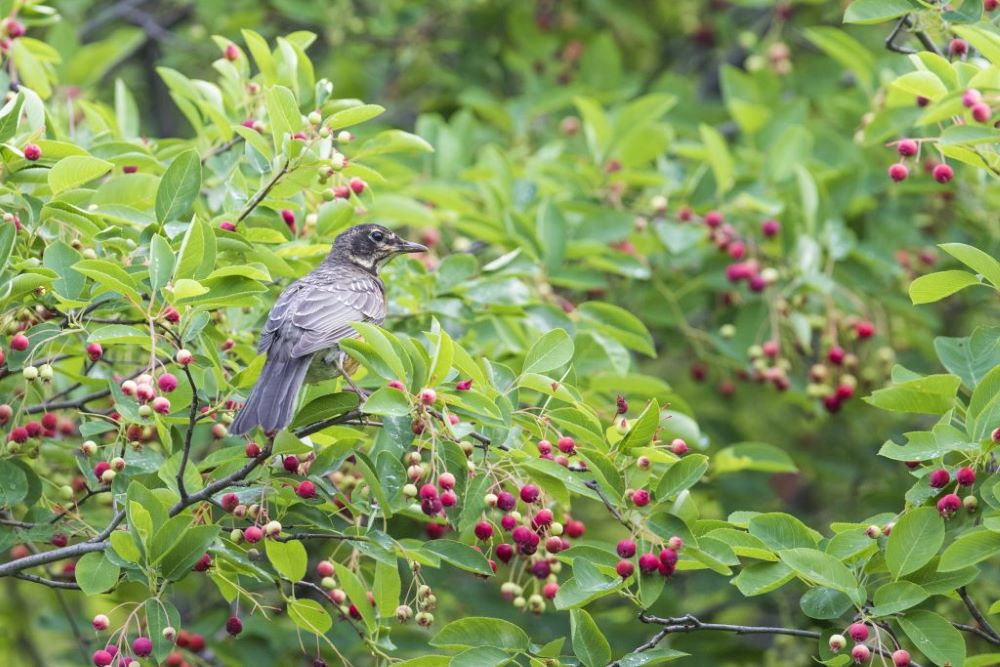
In the past we have emphasized the importance of keystone species in supporting bird populations,...
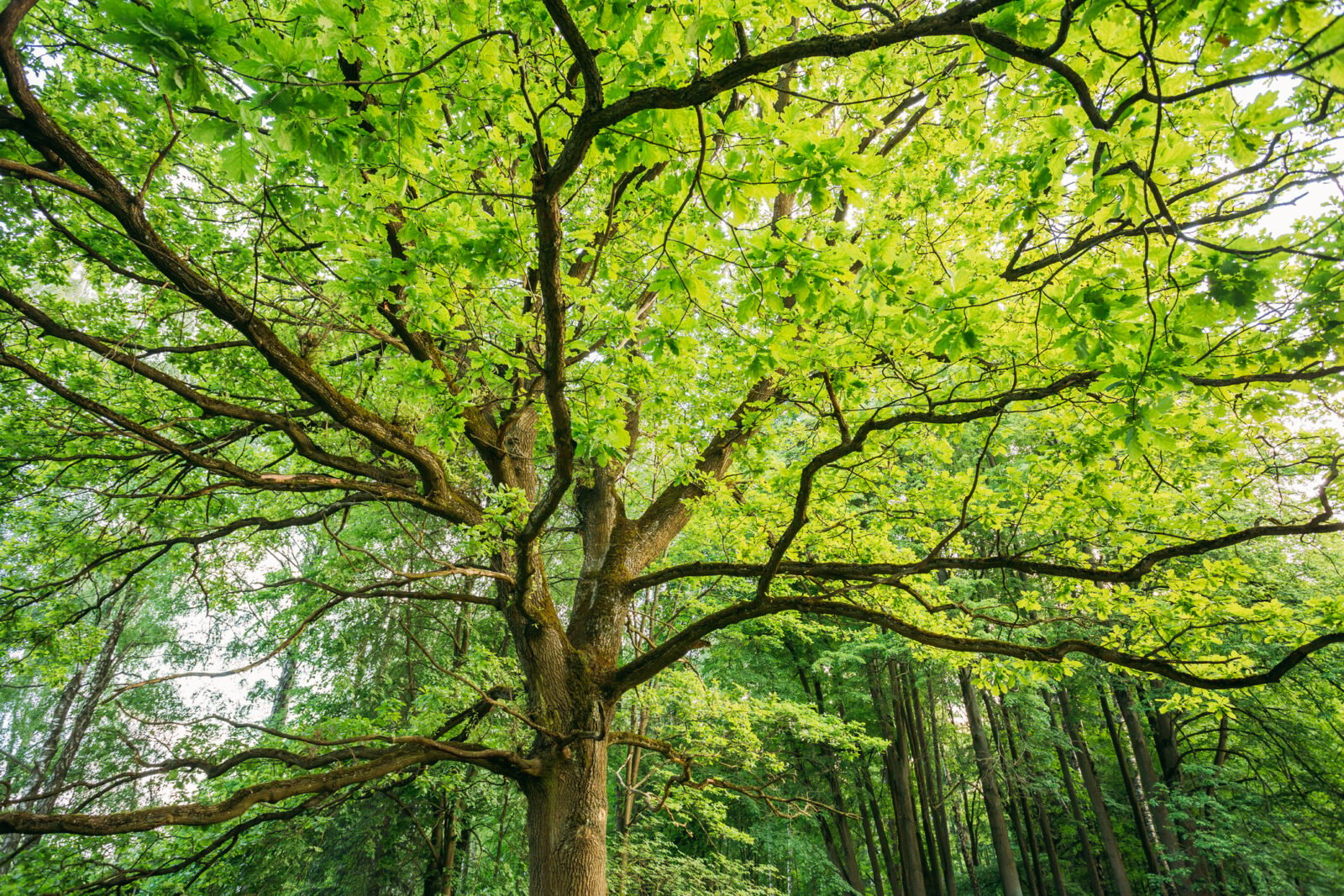
Perennials are the stars of most gardens, and no wonder! They provide a variety of shapes and col...
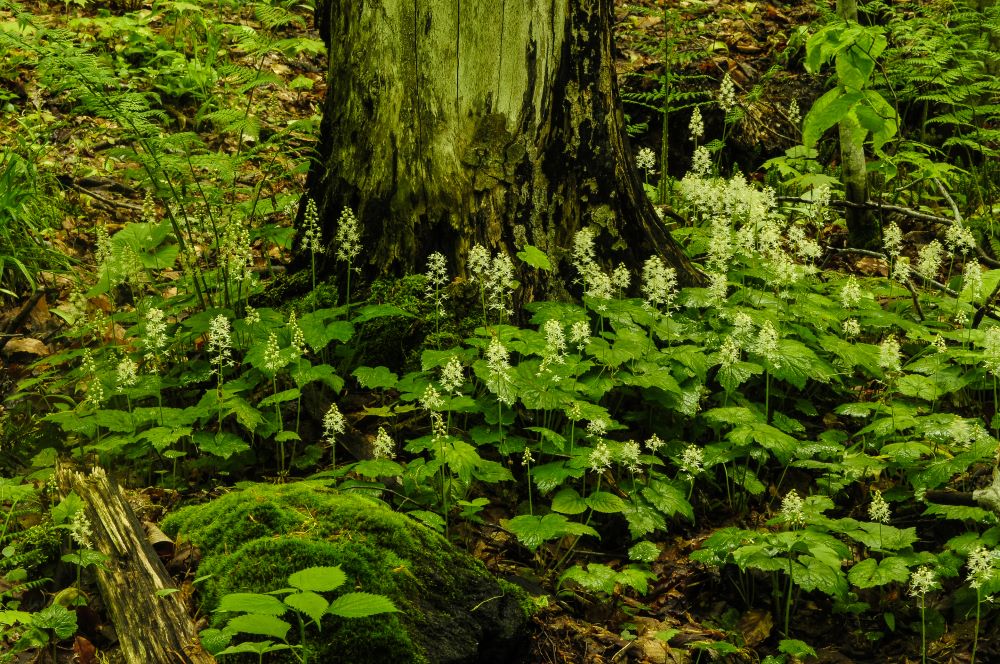
These native ground covers for shade make a perfect living mulch by holding in moisture, keeping ...
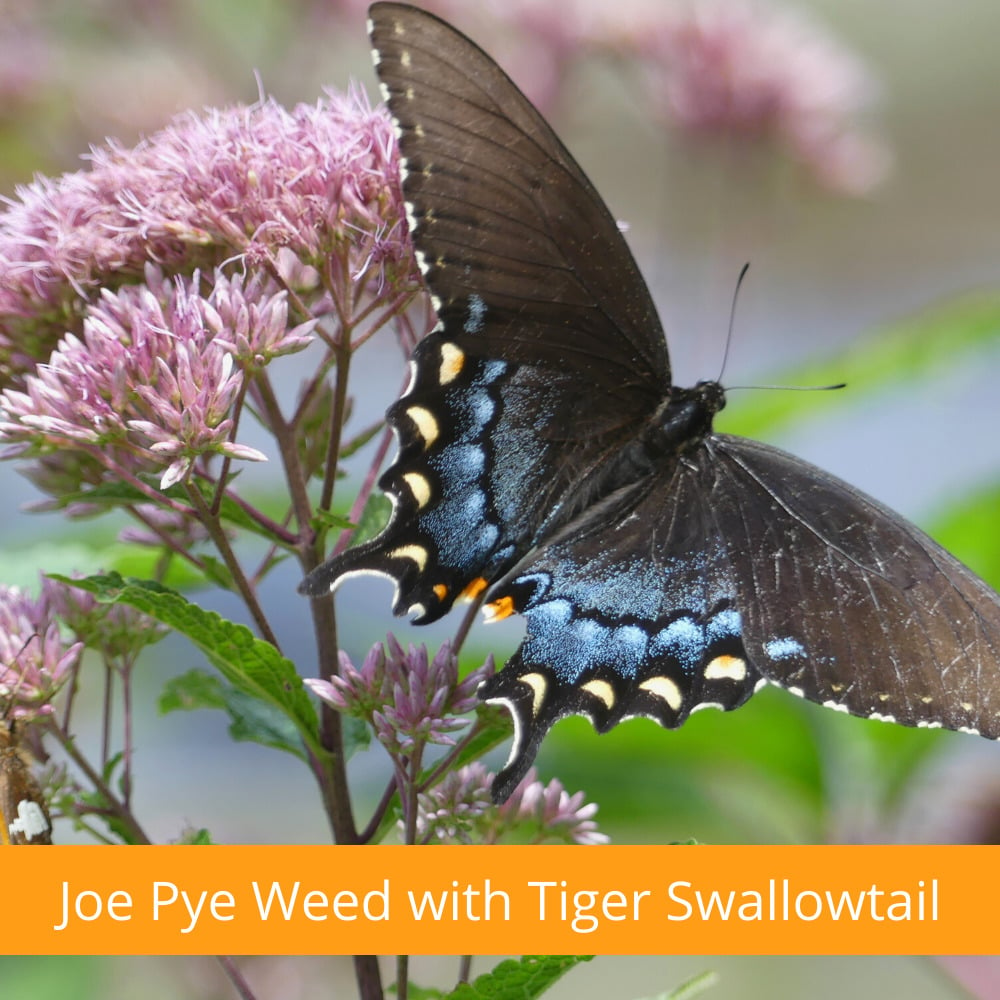
Gardening is ‘In’! Over the past two years gardening has suddenly become very popular with pe...

Mothers give us so much, but sometimes it takes a while for us to appreciate the gifts that we ca...
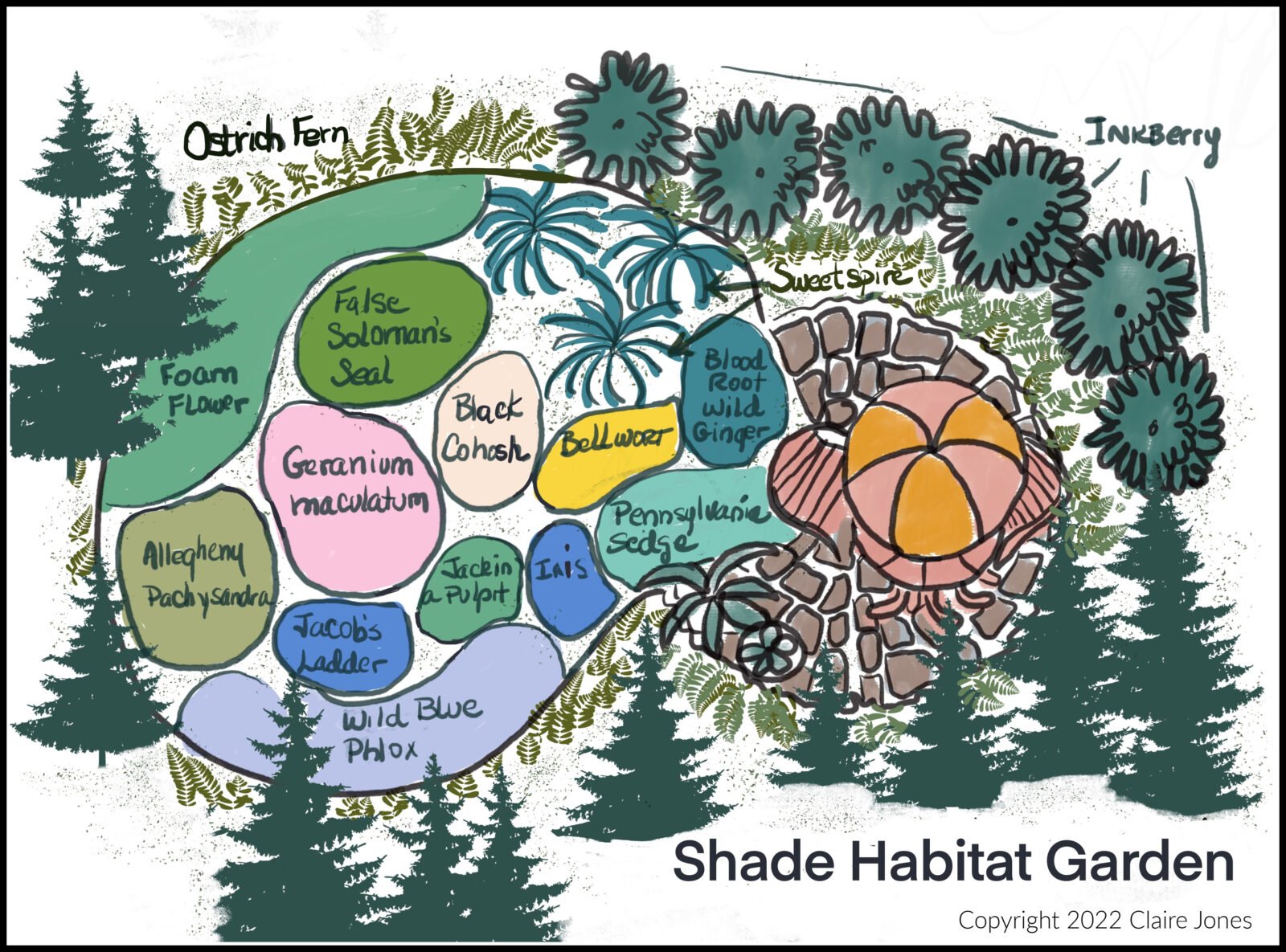
This is the second part of my Habitat Heroes Design series. The first part was a sunny garden of ...
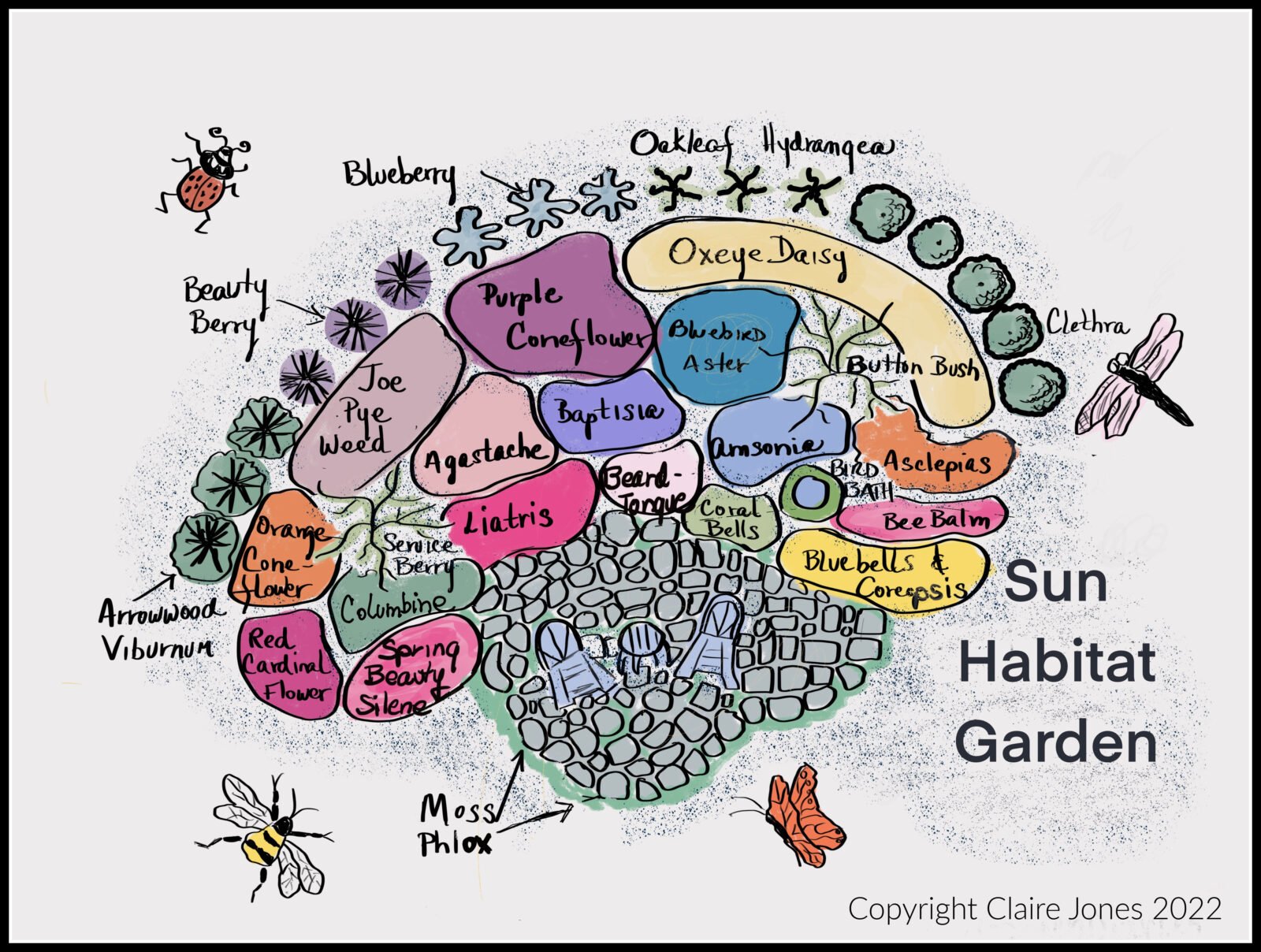
This blog post will cover how to design and install a Sunny “Habitat Hero Garden” with native...
Now Shipping for Spring 2024!